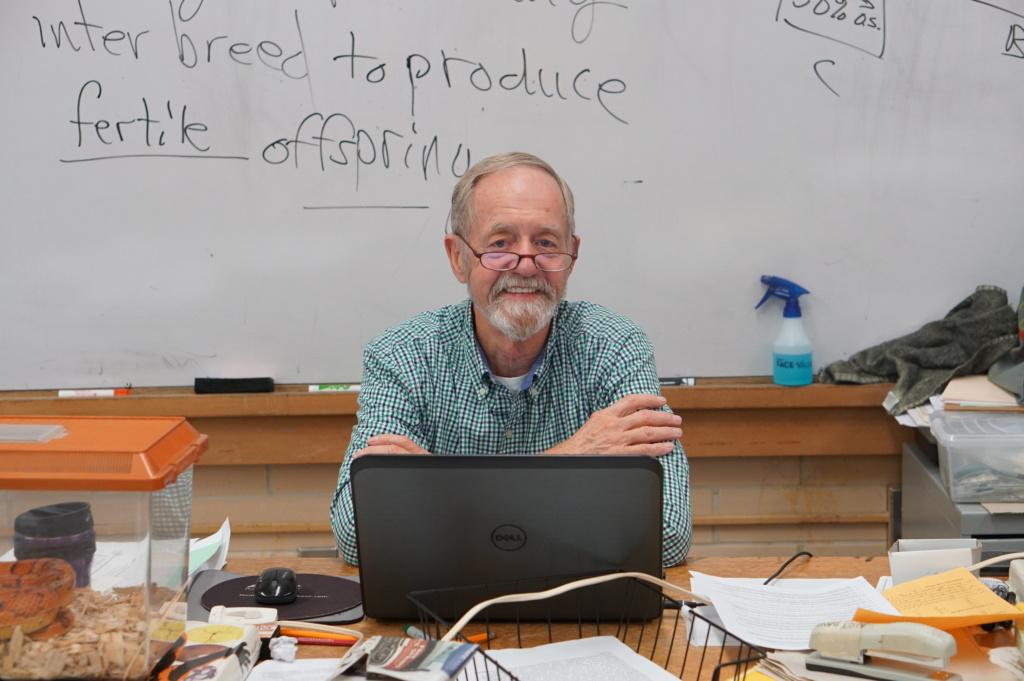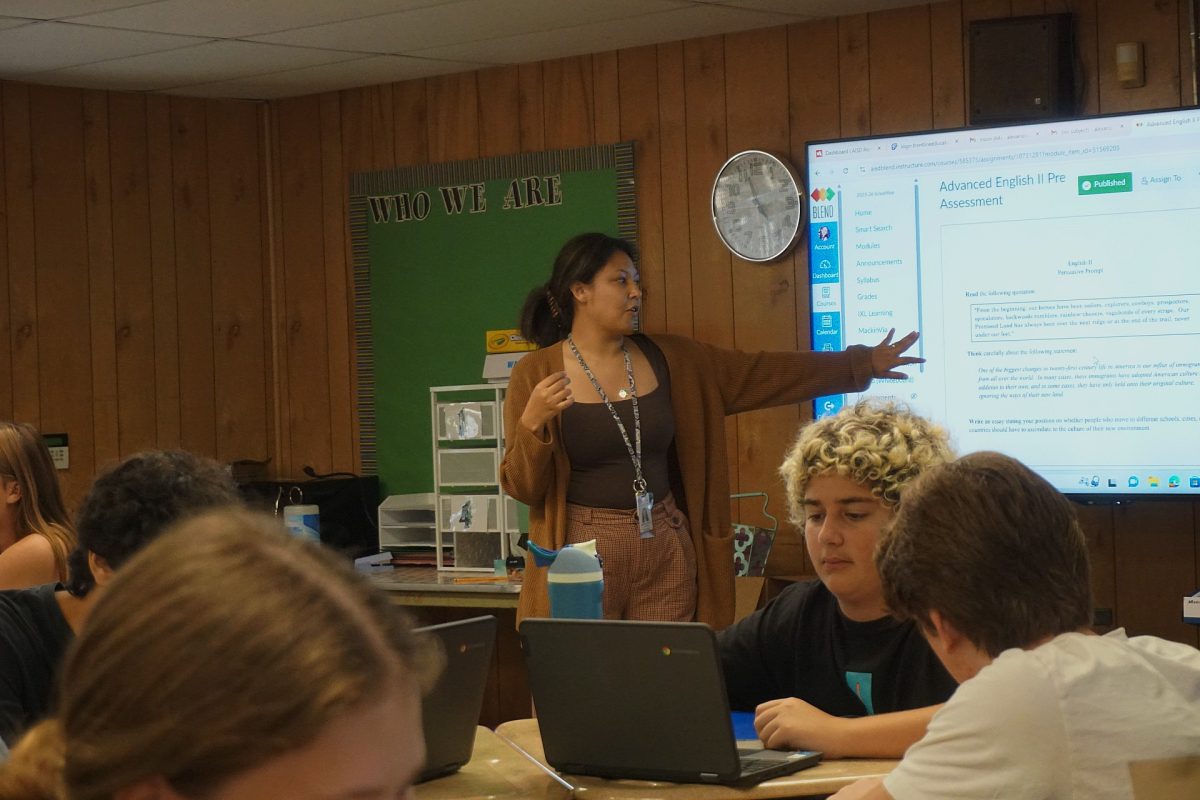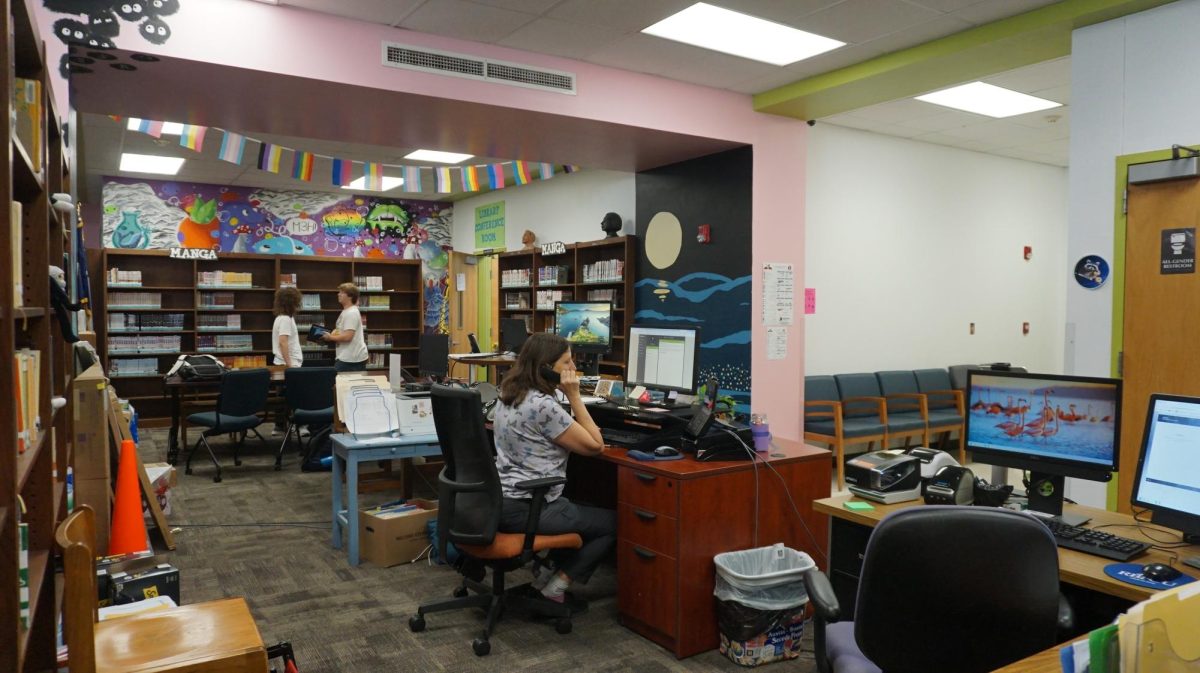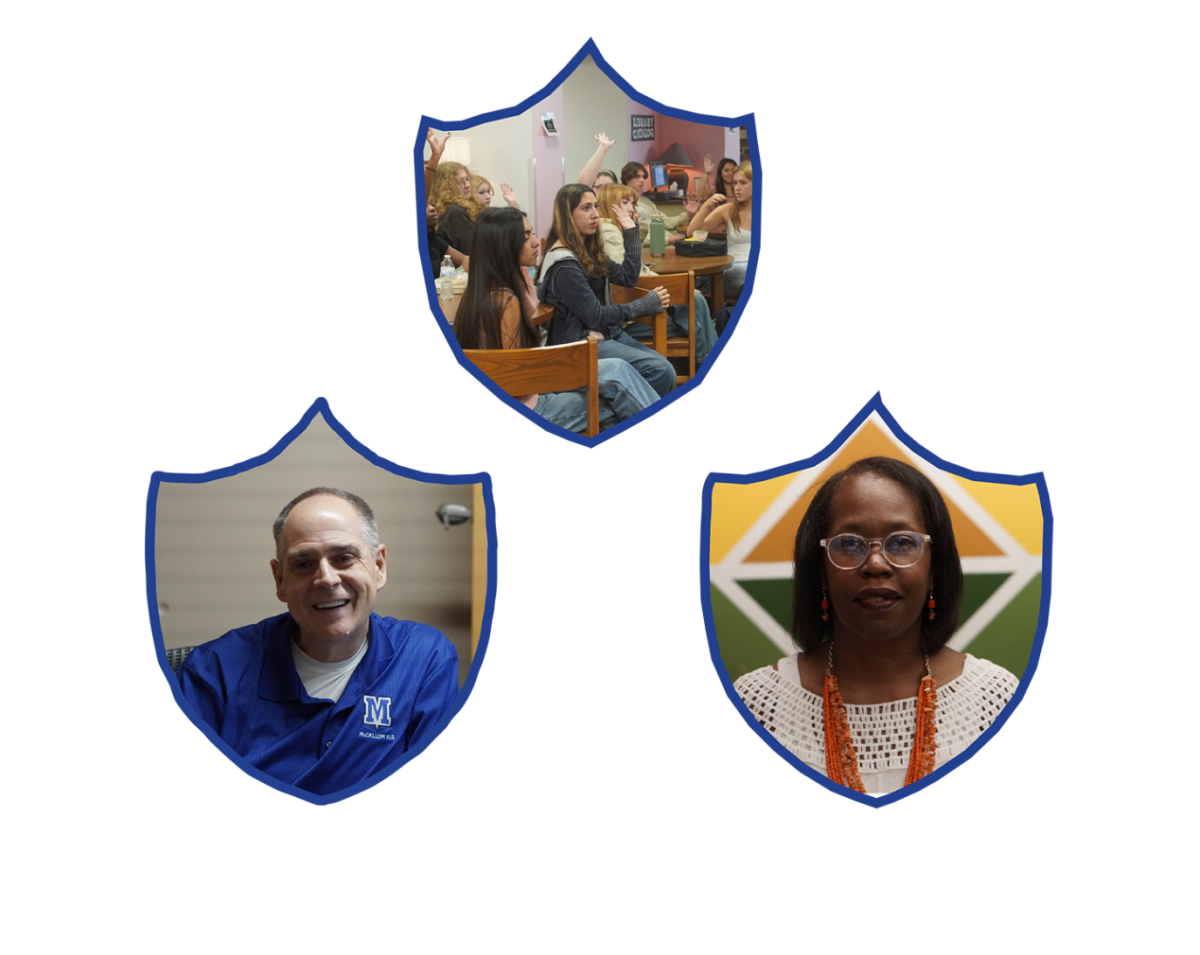Science teacher and department head gives his opinion on McCallum’s bell schedule
“What time does this class get out?” That’s a common question asked by teachers and students ever since the bell schedule changed from its typical hour-and-a-half periods two years ago. McCallum began a change in its A and B day calendar, as well as the amount of time in each class, last school year.
Over the years, there have been many different schedules at McCallum. Science teacher Richard Whisennand, who has been teaching at Mac for a considerable amount of time, feels that this one is good compared to last year’s because of the fact that the bell schedule is the same every day.

“I feel as far as consistency goes, it’s better, because consistency is always good for kiddos and the bell schedule on A-days and B-days are the same, so that’s a good thing,” Whiz said.
This year the A/B schedule is the same as last year’s, following the pattern of Mondays and Wednesdays always being A days and Tuesdays and Thursdays being B days, with Friday being different depending on the week. Every day there are four periods due to the fact that McCallum, along with the rest of AISD, uses block scheduling. Whiz feels that we should not run on a block schedule.
“It’s been proven in schools everywhere that block is not that great,” Whiz said. “I think it should be where we see our students every day, and not every other day.”
Whiz argues that even though some say that the block schedule could be beneficial to a science class due to the labs, it is not often that that is true. He would rather see his students every day.
“I personally don’t like block because I would like to see students everyday,” Whiz said. “I think you build better student-teacher relationships when you see that person everyday where you can talk and really get to know them instead of just, ‘OK, sit down we’ve got to go because I don’t see you for a few days!’”
Whiz also feels that it can be hard to get everything done in the 90-minute class periods with the block scheduling.
“We don’t have as much actual teaching time, whether people realize it or not, in block than we do in the other situation,” Whiz said. “Plus the attention span of high school students today is not real conducive to the 90-minute classes.”
According to Whiz, the attention span of high school students can affect the actual amount of time they spend learning during the period. Even during first and fifth period, Whiz doesn’t feel like the extra 20 minutes built into the period for advisory helps get more teaching done.
“Advisory kicks in and they do announcements and that pretty much shoots any more education in the foot,” Whiz said. “Once you get out of that covering material mode, as a student, it’s really hard to get back into that. I don’t blame them because that’s the way it is. They’ve already sat in there for 90 minutes.”
On Friday, A and B days alternate to create a balance of time for both classes. Whiz, however, feels that this is inconsistent.
“Fridays are crazy,” Whiz said. “They say it’s consistent because we alternate every other. That part of it is consistent, but it still causes situations where it’s a different schedule than it was the week before, which is inconsistency, which to me is never good for students in school. It’s not good for teachers either. I know teachers, like myself, have to stop and think ‘Where am I? What day am I doing?’. That’s hard sometimes.”







